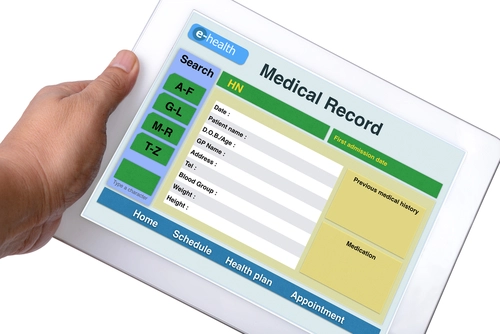Pediatric Coding Alert
Transitional Care Management Income Could Be Moving Faster Into Your Accounts
You no longer need to wait 30 days to submit transitional care management claims, new directive advises.
Pediatricians that perform transitional care management (TCM) services can face documentation headaches—after performing the face-to-face visits, you’ve had to track each patient for a month, and then remember to submit your claim after the 30-day period ends. Fortunately, you’re no longer stuck watching the calendar before you submit your TCM claims, thanks to a policy change for 2016.
Background: Ever since the TCM codes debuted in 2013, practices have been pleased to have a way to bill for the pediatrician’s work helping a patient transition from an inpatient location to their home or other community setting. Because the TCM services cover 30 days of care, practices were initially advised to hold the claims and not bill the TCM services until after 30 days had passed. This made claim tracking difficult, because practices had to remember to submit the claim weeks after they actually administered a face-to-face visit.
Submit Claims Right Away
Fortunately, you’ve got some more leeway this year in terms of when you can submit your TCM claims. According to a Transitional Care Management FAQs document that CMS published on March 17, you no longer have to wait until 30 days have passed before you send your claim to your payers. CMS makes the regulations for Medicaid and Medicare claims, but many private payers follow CMS’s lead, meaning that your contracted insurers and state Medicaid programs are likely to follow suit for this rule.
“The 30-day period for the TCM service begins on the day of discharge and continues for the next 29 days,” CMS says in the document. “The date of service you report should be the date of the required face-to-face visit. You may submit the claim once the face-to-face visit is furnished and need not hold the claim until the end of the service period.”
Faster reimbursement: Practices across the country are pleased about the new rules. In particular, practitioners will be glad that they could get paid two weeks earlier than in the past, says Donelle Holle, RN, president of Peds Coding, Inc. “It’s good news as far as I am concerned.”
Fee Schedule Explained Change
The updated advice stems from a little-noticed TCM adjustment printed in the 2016 Physician Fee Schedule Final Rule, which read, “Regarding TCM services, we are adopting the commenters’ suggestions that the required date of service reported on the claim be the date of the face-to-face visit, and to allow (but not require) submission of the claim when the face-to-face visit is completed” (page 131 of the Fee Schedule).
Therefore, your practice can either submit your TCM claim on the date of the face-to-face visit—as is now allowed—or you can wait until later in the month, as you have done since 2013. You’ll report the services using the following codes:
Keep the Two-Day Window in Mind
To report TCM services, you must initiate contact with the patient and/or his caregiver either in person, via email or by phone, within two days of the patient’s discharge from the inpatient setting.
“The contact must occur within two business days of discharge regardless of when the primary care clinician was notified of the hospital or nursing facility discharge,” says Blue Cross Blue Shield of Rhode Island in its TCM policy. “The contact may be part of the required initial face to face service, if that service occurs within two business days of discharge and is distinct from discharge services.”
Check Payer Policies
Although some payers, such as many Medicaid states and Unity Health Insurance, will reimburse you for your TCM services, others do not. “Transitional care management Services (codes 99495 and 99496) are not eligible for separate reimbursement,” says Anthem Blue Cross and Blue Shield.
Therefore, you should check with your insurers to get a copy of their TCM policies for your files. But beware, it may be on their fee schedule appearing that it is a covered service but then you discover it is not a covered service so do not ask if it is on their fee schedule, ask if it is covered and what is the reimbursement rate.
Related Articles
Pediatric Coding Alert
- Benchmarking:
Compare Your Pediatric Coding Trends to These National Averages
Crunch these numbers to find out where you stand among other pediatricians. Most pediatricians know [...] - E/M Services:
Transitional Care Management Income Could Be Moving Faster Into Your Accounts
You no longer need to wait 30 days to submit transitional care management claims, new [...] - You Be the Coder:
Pediatricians Will Rarely Report 99177
Question: Is 99177 valid for 2016? What’s the difference between this code and 99174? Codify Subscriber [...] - Reader Question:
Know the Acceptable Documentation Formats
Question: Our pediatrician circled 99213 on his chart, but the only note in the records is [...] - Reader Question:
Ask for Medical Policy
Question: I contacted my insurer and asked how they prefer me to submit codes for a [...] - Reader Question:
Will HIPAA Audits Focus on Risk Management?
Question: We read your article on the upcoming HIPAA audits with great interest, but we have [...]




